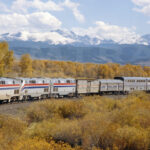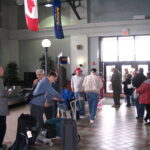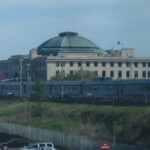A Selection of Travel Photos.
My failing as a photographer is that I don’t take enough photos. When I come across a scene that strikes me as worthy of preserving with a photo, I pull out my camera and I snap a picture. One picture only. I almost never take more than one shot of a scene.
I suppose it’s because at the time my thought is to enjoy the subject “live”. At any rate, over the years I have ended up with a collection of photos that may not have the best framing, but are good enough to illustrate something interesting. What follows are several of those. (And, yes . . . if you’re a regular here, you may have seen one or two of them in other posts.)
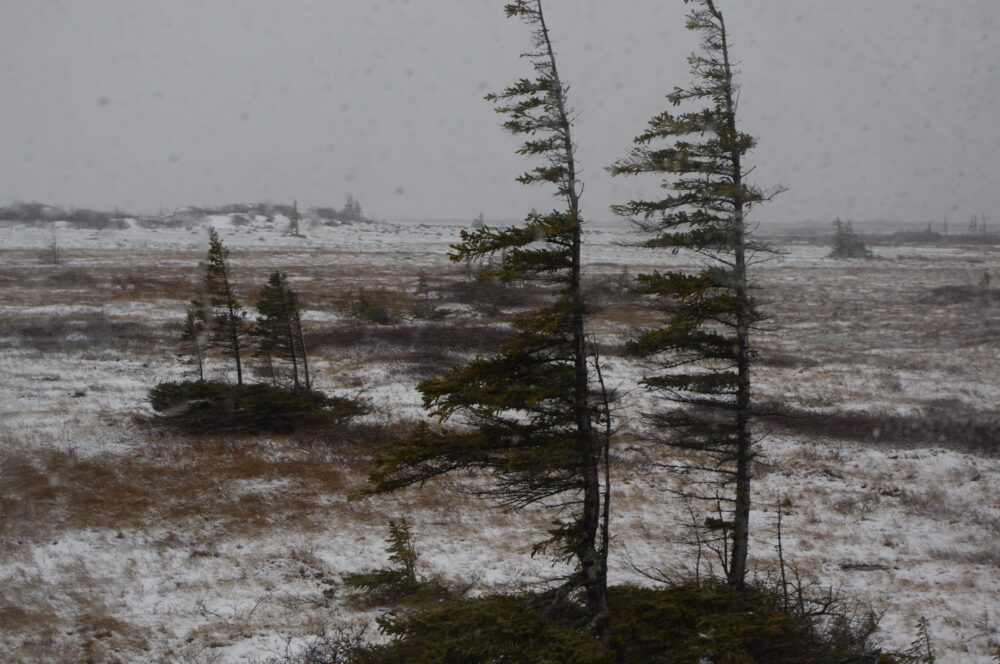
A few years ago, I rode VIA Rail’s train that runs 1100 miles north from Winnipeg to the town of Churchill on the shores of Hudson Bay. The farther north the train went—the trip takes two days—the more the temperature fell and, curiously, the smaller the trees became until none were more than six or seven feet tall.
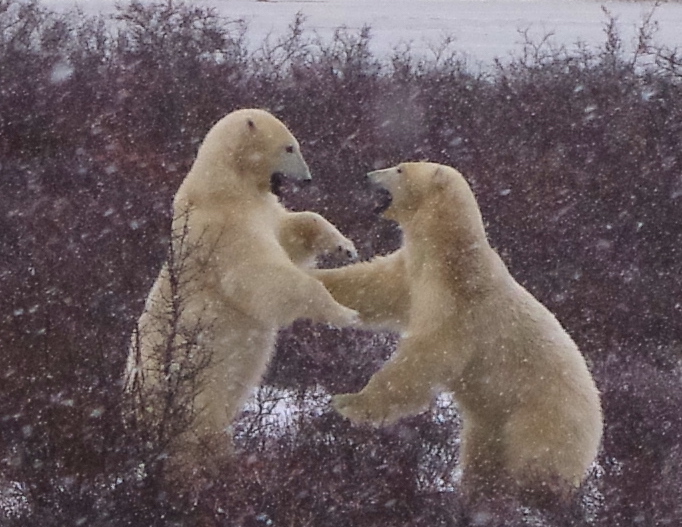
This shot of two thousand-pound polar bear cubs at play was taken from the safety of a tundra buggy . . . a great moving platform with huge ties built to carry 30 or 40 people safely into an area where the polar bears run free and fear nothing. Every year in late November, hundreds of these bears gather along the shores of Hudson Bay, waiting for the ice to form. It’s a matter of some urgency because the bears’ only source of food are the seals that swim in the bay and live on the abundance of fish there. When it’s thick enough to support their weight, the bears go out on the ice where they spend the entire winter waiting by the holes in the ice for a seal to come up for air. That’s how the bears re-gain the weight lost during their summer-long fast.
Global warming is having an impact on these bears because the Bay is taking longer and longer to freeze over. I asked the director of a research center located some 20 miles from Churchill what his most optimistic prognosis was for these magnificent creatures. “They will all be gone in fifty years,” he said. “That’s the best I can do.”
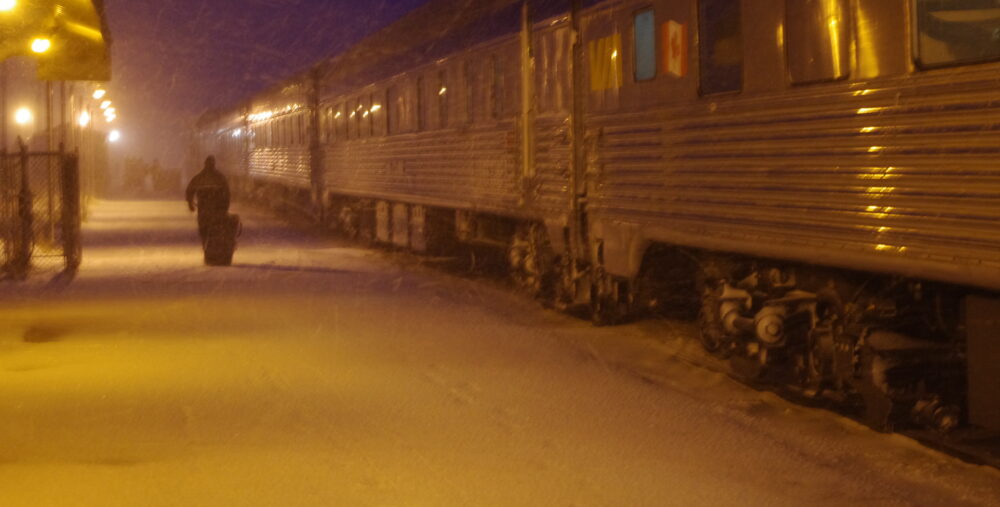
If you don’t care for the weather in Churchill, just wait a few minutes. That’s me, looking for my sleeping car on VIA Rail’s twice weekly train, the Hudson Bay that will take me back to Winnipeg. It’s the only land link between this remote town, just 600 miles from the Arctic Circle, with Winnipeg and the rest of Canada. And, yes, it was damn cold the October night I left Churchill.
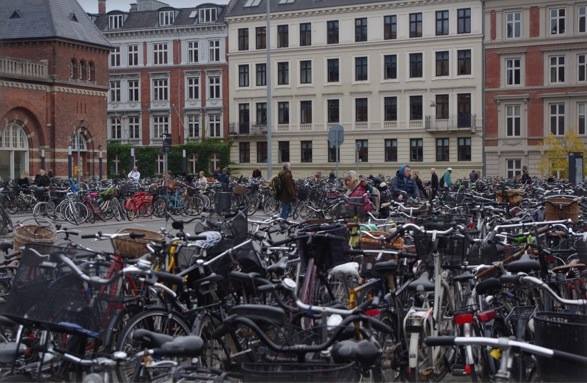
This is the main railway station in Copenhagen, Denmark. I have no idea how many bicycles were parked there—I’d guess several thousand. The desk clerk at the hotel where I stayed told me that 98 percent of the bikes belong to students attending one of several universities in the city’s suburbs. “But how do they find their own bicycle at the end of the day?” I asked. My informant just shrugged. “It’s a mystery”, he said.” But they’re smart kids.”
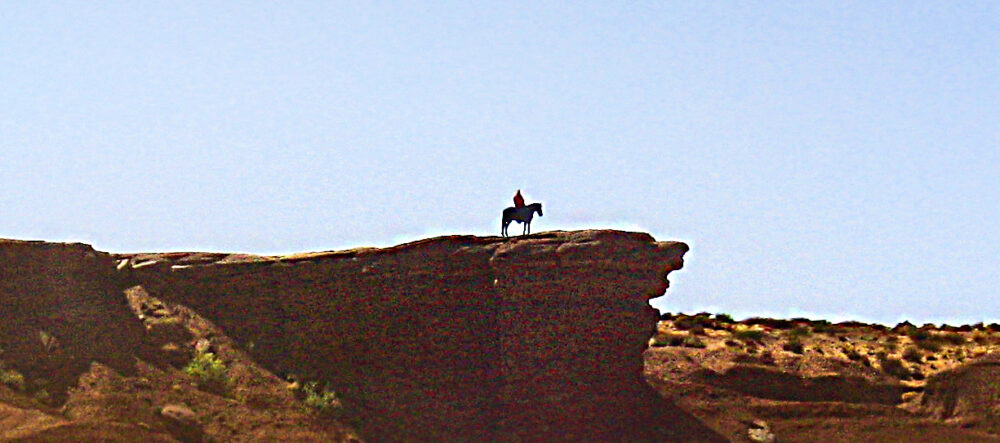
My wife and I were in a rental car and had just entered Monument Valley, located on the Utah-Arizona border. I spotted a lone rider on a distant cliff, grabbed my camera and banged off a shot. Not two seconds later, the rider turned his horse and disappeared, but I was lucky enough to have just barely caught this striking image.
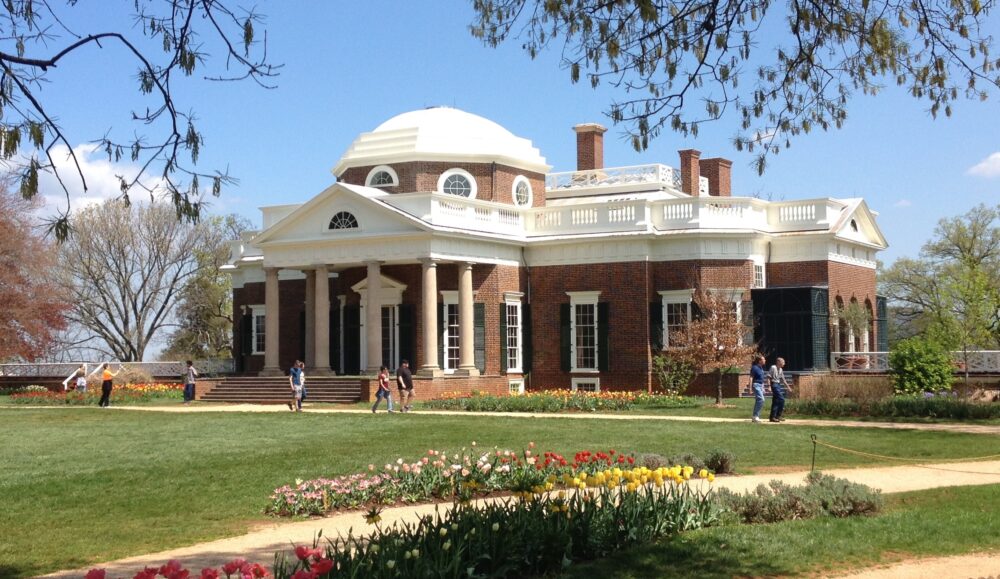
“I think this is the most extraordinary collection of talent, of human knowledge, that has ever been gathered at the White House—with the possible exception of when Thomas Jefferson dined alone.”
President John F. Kennedy at a formal dinner honoring Nobel Prize winners
This is the home of Thomas Jefferson in Virginia and it offers a fascinating glimpse into the life and the eccentricities of the man. For instance, his bedroom was very small—not much larger than the bed itself. If Jefferson got out of bed on one side he opened a door and stepped into his study. If he rolled out of the other side of the bed and opened a door, he was standing in his kitchen, ready for breakfast. It’s a beautiful building, designed by a man who was probably America’s most gifted president.

